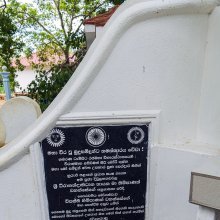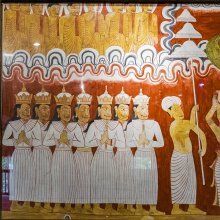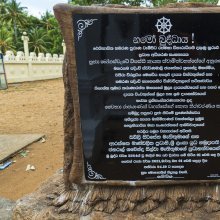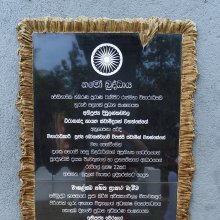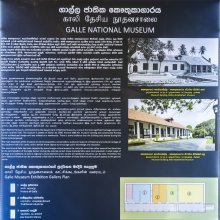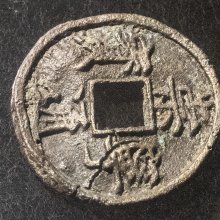Palate: 2 definitions
Introduction:
Palate means something in Hinduism, Sanskrit. If you want to know the exact meaning, history, etymology or English translation of this term then check out the descriptions on this page. Add your comment or reference to a book if you want to contribute to this summary article.
Images (photo gallery)
(+1 more images available)
In Hinduism
Gitashastra (science of music)
Source: Shodhganga: Elements of Art and Architecture in the Trtiyakhanda of the Visnudharmottarapurana (gita)The Palate (in Sanskrit: Tālu) refers to one of various Organs of Utterance (sthāna), according to Bhattojidīkṣita in his Siddhāntakaumudī.—During the practise of Vocal Music, the proper production of the concerned sound is always considered as very important. Sthāna or ucchāraṇasthāna is the place of articulation of sound. Bhattojidīkṣita in his Siddhāntakaumudī said about ten kinds of sthāna (i.e., the organs of utterance), e.g., tālu (palate).
Gitashastra (गीतशास्त्र, gītaśāstra) refers to the ancient Indian science of Music (gita or samgita), which is traditionally divided in Vocal music, Instrumental music and Dance (under the jurisdiction of music). The different elements and technical terms are explained in a wide range of (often Sanskrit) literature.
Yoga (school of philosophy)
Source: ORA: Amanaska (king of all yogas): A Critical Edition and Annotated Translation by Jason BirchThe Palate is denoted by the Sanskrit term Tālu, according to the Mataṅgapārameśvaratantra (Mataṅgapārameśvara’s Yogapāda) verse 2.23-27.—Accordingly, while discussing ancillary and seated poses in Yoga: “[...] His head should always be upright. His gaze is towards heaven and earth, and its support is the tip of the nose. His eyes are slightly closed and he does not touch the teeth [of the upper jaw] with those [of the lower, nor] with the tip of his tongue which is located on the middle of the palate (tālu-madhya). O great sage, [this] Karaṇa has been explained fully and at length in regard to the path of Yoga”.

Yoga is originally considered a branch of Hindu philosophy (astika), but both ancient and modern Yoga combine the physical, mental and spiritual. Yoga teaches various physical techniques also known as āsanas (postures), used for various purposes (eg., meditation, contemplation, relaxation).
See also (Relevant definitions)
Starts with: Palatela, Palatem, Palatem Pika, Palatem-pika, Palatevan.
Ends with: Acapalate, Capalate, Divijakalpalate, Kalpalate, Pushpalate.
Full-text (+229): Talu, Taluka, Talavya, Lambika, Talupupputa, Pratijihva, Sudhasrava, Galashundika, Shundika, Adhojihvika, Pupputa, Shadja, Alijihva, Talumula, Murdha, Tondapalata, Pula, Kakuda, Aruci, Tundikeri.
Relevant text
Search found 108 books and stories containing Palate; (plurals include: Palates). You can also click to the full overview containing English textual excerpts. Below are direct links for the most relevant articles:
The Tattvasangraha [with commentary] (by Ganganatha Jha)
Verse 2293-2294 < [Chapter 24a - The case for the reliability of the Veda (the Revealed Word)]
Verse 2296 < [Chapter 24a - The case for the reliability of the Veda (the Revealed Word)]
Verse 2196 < [Chapter 24a - The case for the reliability of the Veda (the Revealed Word)]
Taittiriya Upanishad Bhashya Vartika (by R. Balasubramanian)
Verse 1.116-117 < [Book 1 - Śīkṣāvallī]
The Devi Bhagavata Purana (by Swami Vijñanananda)
Chapter 37 - On the eighty-six Kuṇḍas and their characteristics < [Book 9]
Chapter 5 - On the Gāyatrī Stotra < [Book 12]
Chapter 33 - On the Devī’s Viraṭ Rūpa < [Book 7]
Rig Veda (translation and commentary) (by H. H. Wilson)
Sanskrit sources of Kerala history (by Suma Parappattoli)
The Paliyam Palates of Varaguna < [Chapter 1 - Historical details from Sanskrit Inscriptions]
Lalitopakhyana (Lalita Mahatmya) (by G.V. Tagare)
